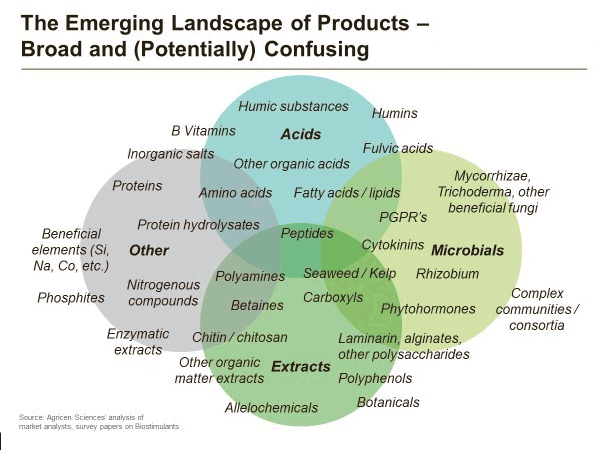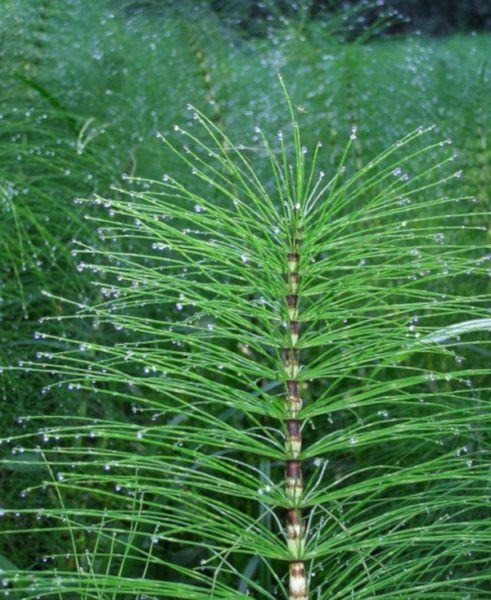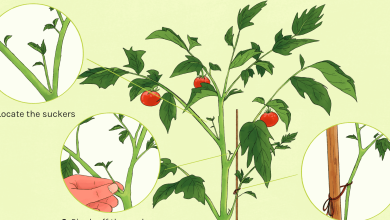Agricultural biostimulants: Types of plant biostimulants

Today I am going to talk to you about a technique that might seem very modern and innovative because of its name, but which has actually been part of agriculture for thousands of years: the use of agricultural biostimulants.
What are agricultural biostimulants?
Probably if you ask your parents or grandparents, who are more familiar with agriculture and orchards, what agricultural biostimulants are, they will look at you with a strange face… Then ask them about manure fertilization or the addition of peat to the substrate to improve the land and grow stronger crops, I’m sure they know what you’re talking about!
These are some examples of agricultural biostimulants, products that improve growth, the ripening of fruits or the rooting of plants when they are transplanted from the seedbed to the final land.

They do not have to be fertilizers (the plant must have its nutrition guaranteed with other contributions) and in fact many of them do not even contain nutrients; although there are some, such as peat or algae, which also provide organic matter.
Agricultural biostimulants are substances that help plants to cope with unfavorable situations, improving their development and making them grow stronger and healthier.These natural substances improve resistance to pests and diseases and to adverse conditions such as drought, favor the internal processes of plants, or improve the root system so that plants assimilate nutrients better and grow more vigorously.
Types of plant biostimulants
There are many types of products that are agricultural biostimulants, because there are several substances that have these positive effects on plants.
Biostimulants are so good for plants because they contain living beings or compounds that have these positive effects on growth or nutrient absorption, compounds such as:
- Humic and fulvic acids that contain, for example, manure, compost, black peat, earthworm humus…
- Amino acids.
- Polysaccharides, such as those found in seaweed extracts.
- Beneficial microorganisms: fungi such as Glomus intraradices or nitrogen-fixing bacteria such as Rhizobium.
- Natural antioxidants: phenolic compounds, flavonoids, terpenes… These compounds are present in many garden plants, citrus fruits and other useful plants such as horsetail or green nettle, with which you can make macerates or homemade preparations that not only They will keep pests away, but they will help the plants grow stronger and more vigorous.

Therefore, we can make biostimulant preparations ourselves, with plant extracts or decoctions, or we can buy a lot of different types of agricultural biostimulants, such as those made with algae extracts, those that contain colonies of microorganisms, or others. that are made from amino acids or plant extracts with antioxidants. Here are some examples:
- RHIZOBIUM RANGE (Biosum), based on colonies of bacteria.
- MAXCIT ULTRA (Biagro), based on essential plant oils.
- RAZORMIN (Atlántica), based on polysaccharides and amino acids.
- ALGAE COMPLET (Mulberry Agrochemical Solutions), based on Ascophyllum nodosum algae extracts.
The news of the biostimulants sector
Agricultural biostimulants are being used more and more, and are especially important in Ecological Agriculture and Integrated Production, as they reduce the applications of chemical fertilizers and artificial pesticides. That is why more and more companies around the world are betting on their commercialization and, more importantly, on research on this type of product.
This can be seen, for example, in the existence of an exclusive congress on this subject, the Congress of Agricultural Biostimulants, which will celebrate its third edition in Miami (Florida, USA) in 2017. The second edition, held in 2014 in Florence (Italy), welcomed more than 700 companies in the sector from almost 70 countries.
Well… that’s it for today’s post! I hope that the subject of biostimulants has seemed interesting to you and that if you know something about the subject you can contribute your experience in the comments below. Also if you have questions or opinions, at Agrohuerto we want to encourage the exchange of ideas!
If you want to know more about agricultural biostimulants, you can visit the EBIC (European Biostimulants Industry Council) page, where you can see more details about their benefits, related news, etc.




![Photo of Subsistence Agriculture: [Concept, Operation, Advantages and Disadvantages]](https://www.complete-gardening.com/wp-content/uploads/2022/08/subsistence-agriculture-concept-operation-advantages-and-disadvantages-390x220.png)